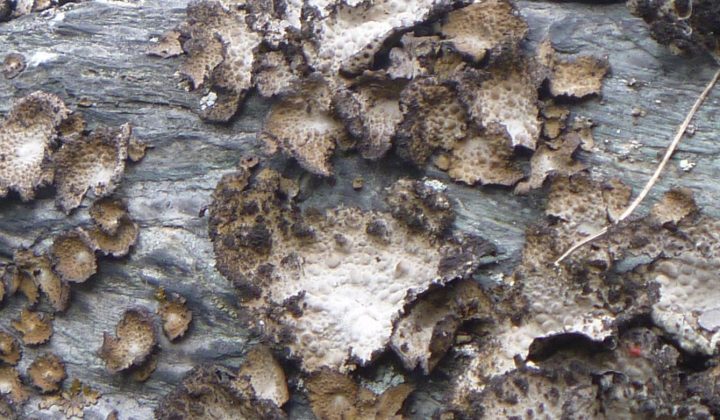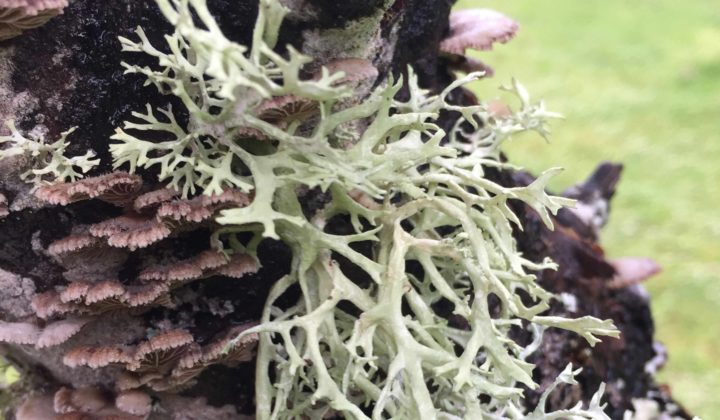Young Research Group
Transposable Elements
Our research focus is on the dynamics and evolution of transposable elements as well as phylogenomic reconstruction.
Transposable elements (TEs) are typically 300 to 6,000 nucleotides long sequences that occur in multiple copies and make up 40-50% of mammalian genomes. They are present in all eukaryotes. Unlike genes, TEs move around in the genome (“jumping genes”).
TEs are evolving in an intricate balance with their host genome and the interchange between different transposable elements within the host genome can therefore be seen as a genomic ecosystem. As in natural ecosystems, introduction or extinction of transposable elements can have dramatic long-term effects on the genome. These can include diseases, morphological changes, and adaptations. As such, transposable elements have become a popular research field because of their potential implications in medical research. Currently, more than 1,500 different types of TEs are known from the human genome alone. However, the genomes of other species are currently ‘black boxes’ and the role and implication of TE’s in these genomes is largely unknown. My research group therefore focusses on recently developed tools to screen genomes for known and novel TEs. This will allow us to understand lineage-specific differences in TE composition on a comparative scale, and additionally will give insights in horizontal and vertical transmissions of TEs.
Phylogenomic reconstruction: Compared to using single loci to reconstruct evolutionary histories, analysis of the complete genome allows a much finer scaled picture. Genome sequences harbor signals of past evolutionary events such as bottlenecks and introgression and effective population sizes. This helps to reconstruct the complete picture of the evolution of species.



